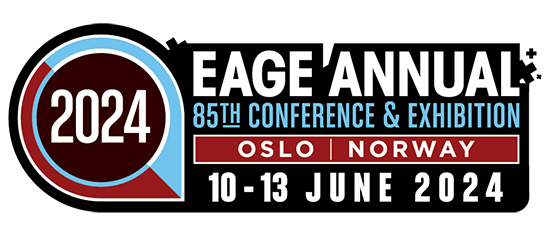EAGE 2024
Join our expert consultant, Pedram Masoudi, in a presentation comparing ordinary and universal kriging in mapping water elevation surfaces from non-stationary piezometer levels. Visit our team at booth #DTA116 to learn about our geostatistical solutions. Have your questions ready!
Mapping groundwater level by geostatistical methods: ordinary versus universal kriging, alongside a discussion on neighborhood
Authors: Pedram MASOUDI, Claire FAUCHEUX et Hélène BINET (Geovariances)
Abstract
The Water Elevation Surface (WES) of May 2021, measured by 160 piezometers in California, is mapped by two geostatistical methods: ordinary and universal kriging. The dataset being non-stationary, the variographical analysis of the raw data shows zonal anisotropy, i.e., a more important variability along Y than along X. In addition, the fitted variogram model is valid for distances inferior to 40 km. Over this distance, the mathematical model is based on extrapolation. To exclude the extrapolation window of variogram from the interpolation process of ordinary kriging, a neighborhood limit could be considered to restrict the selected measurements to a 20 to 25 km radius around the interpolation target. The ordinary kriging method is applied with the neighborhood limit of 25 km, then without the neighborhood limit. The latter is not recommended for the non-stationary datasets; meanwhile, the artifacts are reduced, and the WES is extrapolated for the target points far from the measurement values. On the map of universal kriging, the extrapolated values follow the spatial drift. Finally, according to the cross-validation method of leave-one-out, the universal kriging has the slightest error, and the ordinary kriging without the limit of the neighborhood has the highest error.
EAGE 2024
Technology and Talent for a Secure and Sustainable Energy Future
